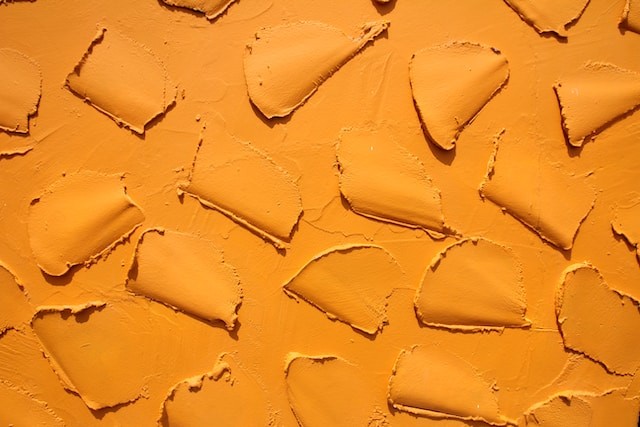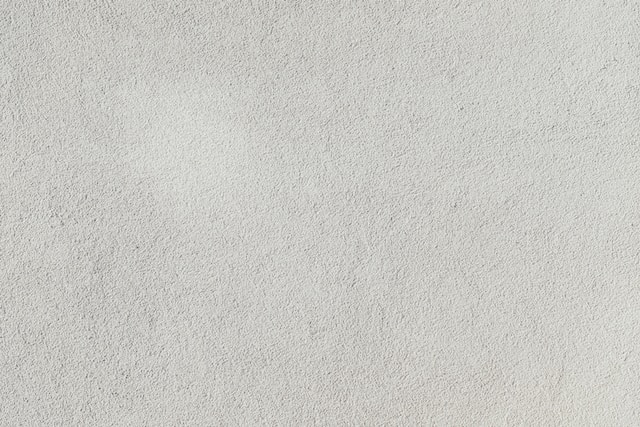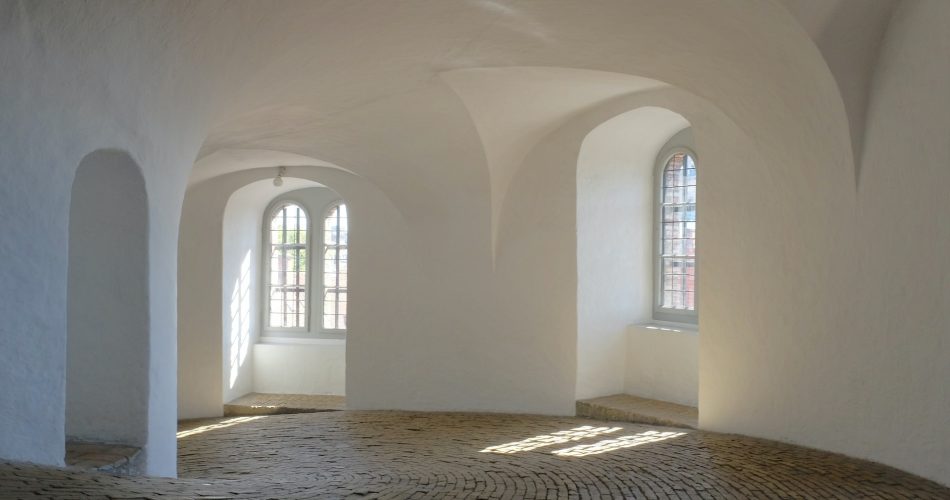Going to level or finish a wall or ceiling, the repairman necessarily faces the question – how to do it and what material to use? Of course, with modern technologies, there are quite a lot of such solutions. However, one of the most popular and budget is still plaster.
By choosing this method of work, it is necessary to pre-calculate the required amount of material and make sure that the costs will not ruin the family budget too much. There are special calculators that you can read more about.

Photo by Hal Gatewood on Unsplash
Calculation
How is the calculation carried out? Manufacturers of dry plaster mixes and ready-made compositions for finishing, putty, indicate on the packaging the approximate consumption of the ready-to-work solution. It is given in kilograms per square meter, taking into account the thickness of the plaster (putty) layer of 10 mm or 1 mm (mixtures intended for finishing).
Accordingly, for the calculation it is necessary to know the surface area to be treated, the thickness of the layer and the manufacturer’s data on the approximate consumption. Using the render calculator, you can calculate exactly how much material you will need.
You can also use a simple formula and calculate it yourself. The formula for the calculations looks like this:
M = (L x H) x (s:10) x N
L – wall length, m;
H – wall height, m;
S is the thickness of the plaster/putty layer, mm;
N – the consumption of the dry mixture specified by the manufacturer per 1 sq. m. of the surface with a layer thickness of 10 mm. In the second bracket there is a division of millimetres by millimetres, that is, the result of the division is a coefficient, the ratio of the actual thickness of the layer to the nominal one.

Photo by Bernard Hermant on Unsplash
What is important to remember?
The thickness of the plaster layer can vary greatly on one surface, especially if the rough alignment of the beacons is performed. Since the walls can be uneven, with curvature or “blocked” corners, the calculation is carried out for the average thickness of the layer. It is calculated by measuring at several points, summing all sizes and dividing them by the number of measurements.
